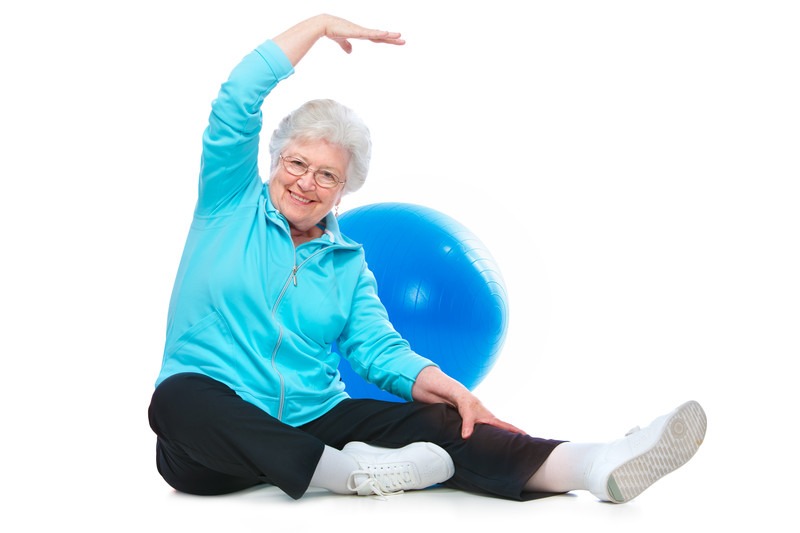OSTEOPOROSIS AND PHYSIOTHERAPY
Bone is a dynamic structure that changes throughout time. It is subjected to micro-damage in everyday life. Your body gradually replaces it with a new, stronger bone.
As we become older, the process of bone turnover slows down, which can lead to bone problems like osteoporosis. Exercise has been shown to be the most effective method for increasing bone strength.
Weight-bearing and muscle-strengthening workouts are essential for fostering a healthy environment for your bones. Your physiotherapist will guide you through a regimen of exercises to improve your bone density and quality of life in our bone health exercise class.
As people age, they are more likely to develop osteoarthritis, which can range in intensity from little morning stiffness to painful spells that can be devastating. Physiotherapy can provide significant improvement and, in many situations, total and long-term pain alleviation. Muscle strength is critical for Aging joints to keep them moving in the best alignment possible, reducing pain and improving function.
It's important to remember that just because your X-ray or scan shows joint damage doesn't mean you'll be in pain indefinitely.
-
Mild mobilization or gliding movements can help to restore motion in stiff joints.
-
Strengthen weak muscles and stretch tight muscles to restore muscle balance.
-
Massage, trigger point therapy, or dry needling can help to calm painful or overworked muscles.
-
Prevent further pain by advising on exercise, activities, posture and ergonomics.
If you're not sure if physiotherapy can assist you, please come in for a consultation. We can provide you with specific and appropriate strengthening workouts. Research has shown that the pain of arthritis improves with exercise.
Phone 5193339687
E-mail lambtonphysiotherapy@gmail.com
